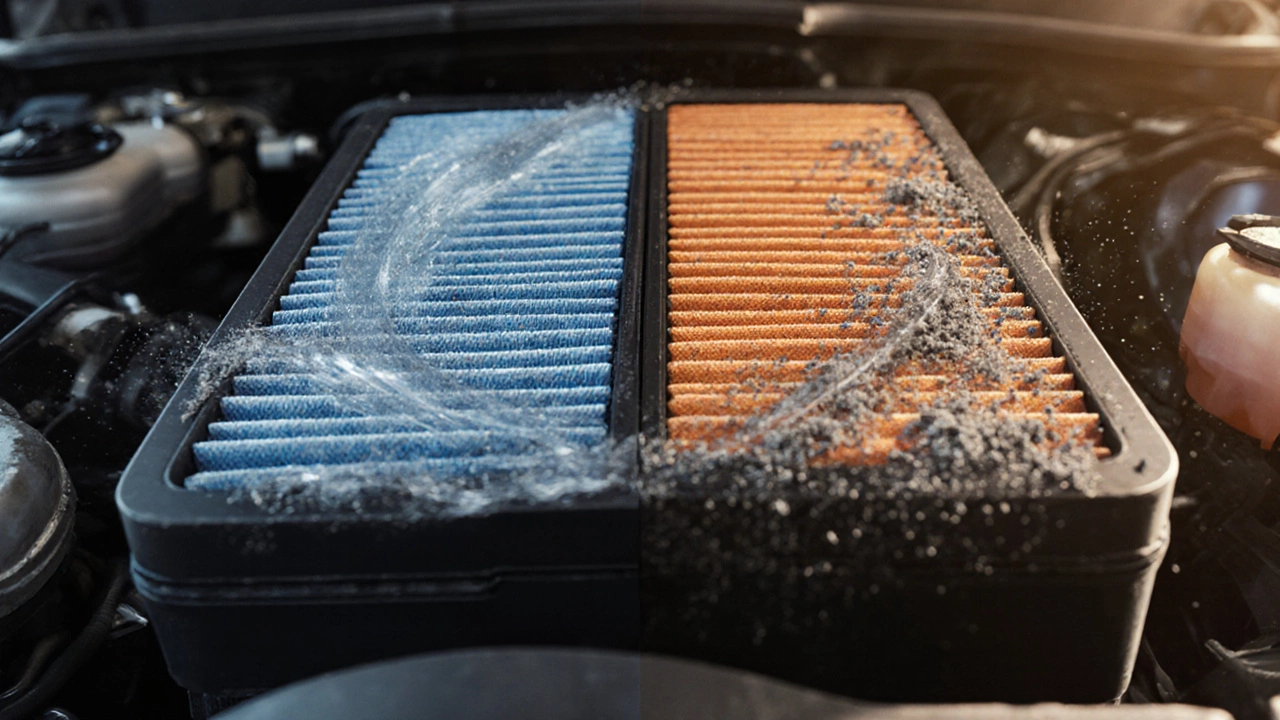Dry Air Filter: What It Is and Why It Matters
When working with dry air filter, a filter that removes moisture and particles from incoming air before it reaches the engine. Also known as rehydration‑free filter, it helps keep combustion efficient and protects internal components from rust and wear.
Why Choose a Dry Air Filter?
Dry air filters are part of a broader engine air filtration, system that supplies clean air to the engine for optimal combustion. They differ from wet or oiled filters by using a dry media that traps dust without soaking up oil. This design means the filter stays effective longer in humid climates and reduces the risk of oil contamination in the intake. Performance air filter, a high‑flow variant that aims to increase horsepower by allowing more air through often builds on the same dry media principle, but adds a more open cell structure for better airflow. Likewise, a high flow air filter, designed for enthusiasts who want maximum volume without sacrificing filtration typically requires regular cleaning to maintain its low‑restriction advantage. These three filter types share the goal of protecting the engine while influencing performance: dry air filter improves reliability, performance filter boosts power, and high flow filter maximizes airflow. The relationship can be expressed as these semantic triples: (Dry air filter) → reduces → engine wear; (Performance air filter) → requires → periodic cleaning; (High flow air filter) → enhances → air intake volume.
From a practical standpoint, choosing the right filter depends on your driving style and environment. If you live in a rainy area, a dry air filter prevents moisture‑related corrosion that can eat away at pistons. For track days or spirited driving, a performance air filter may deliver that extra edge, but you’ll need to inspect it after every few hundred miles. High flow filters shine in street‑driven performance cars where the owner wants both speed and a cleaner look—just remember they demand more frequent maintenance. Understanding these differences lets you match the filter to your needs, keep your engine breathing clean air, and avoid costly repairs down the road. Below you’ll find a curated set of articles that dive deeper into each filter type, compare costs, explain lifespan expectations, and show step‑by‑step maintenance tips. Get ready to explore practical advice that will help you pick, install, and care for the perfect filter for your ride.
Explore the pros and cons of dry versus oiled air filters, covering performance, maintenance, cost, and ideal use cases to help you pick the right filter for your ride.

